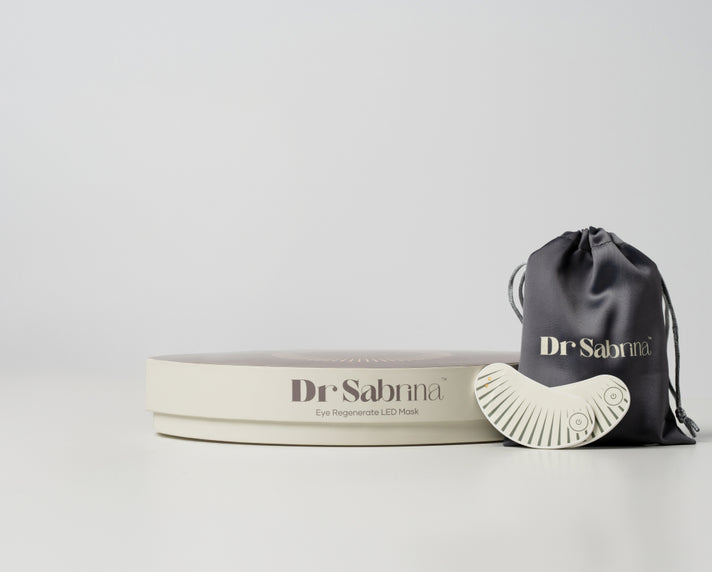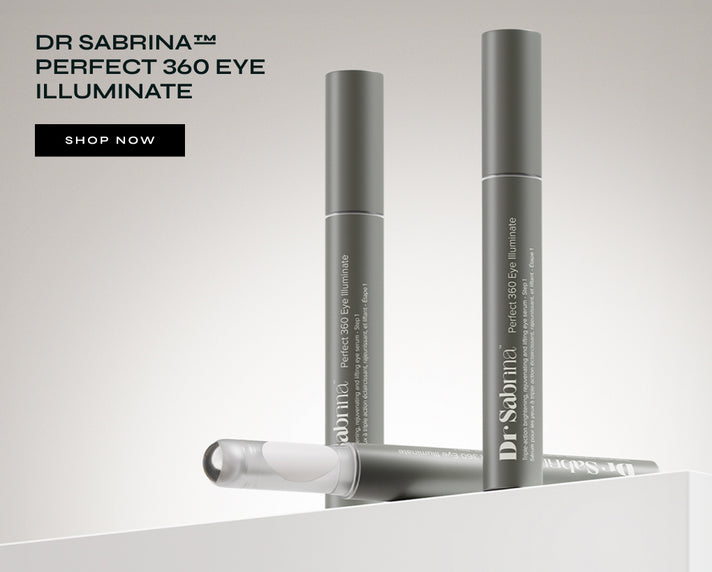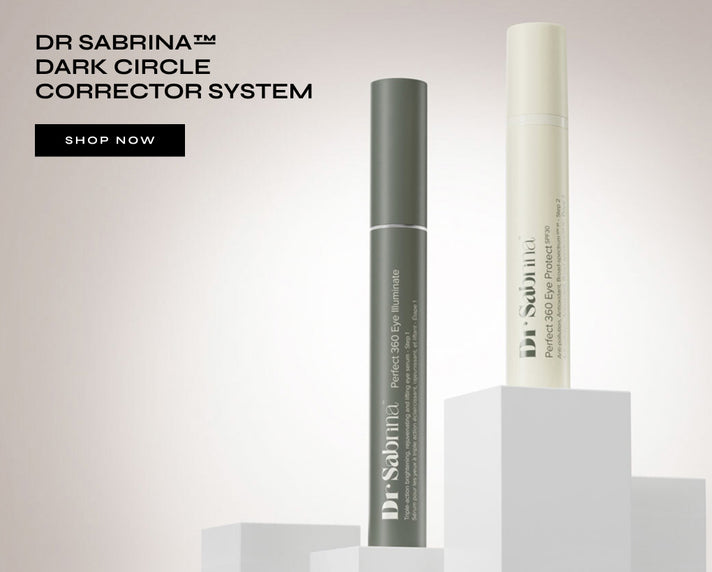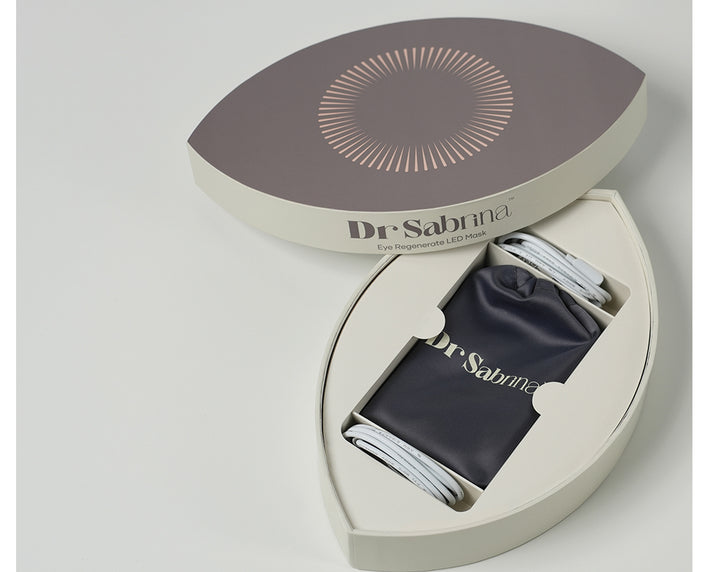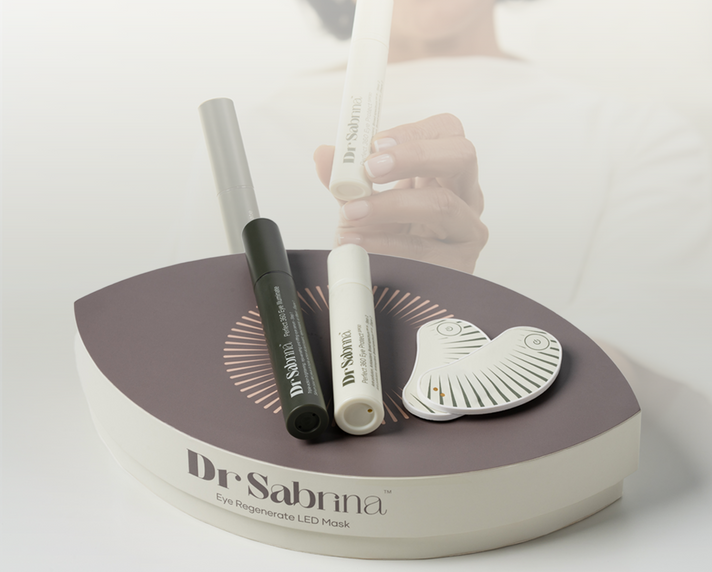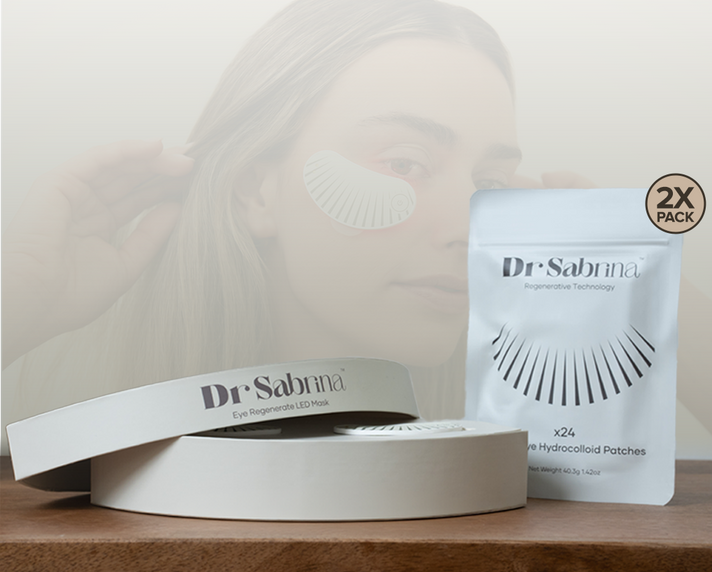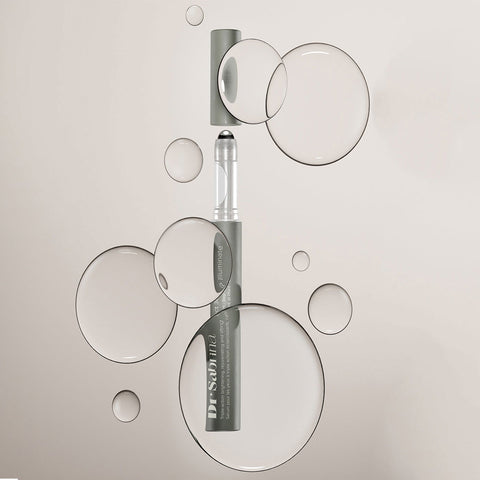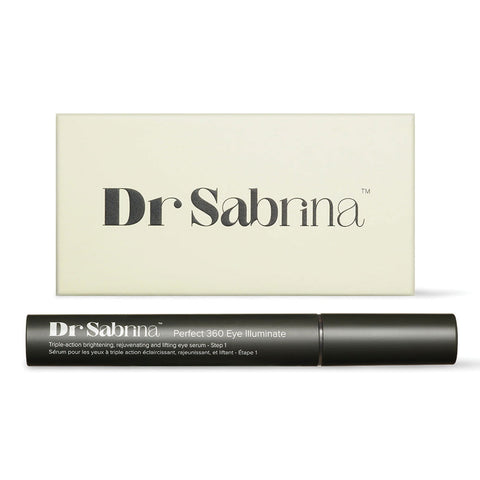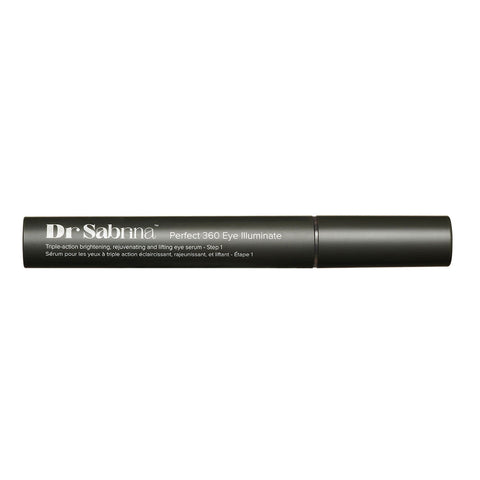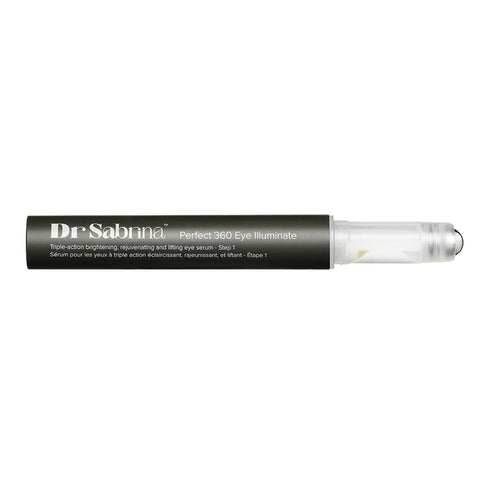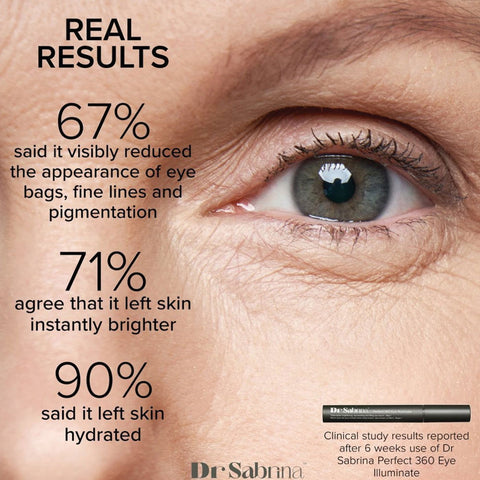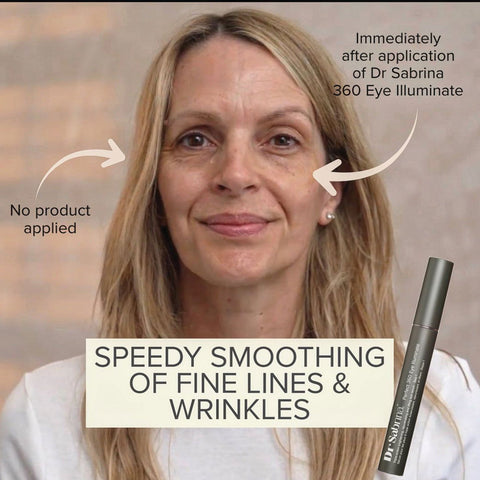Eye Serum
How to Apply Retinol for Healthier Skin: A Step-by-Step Guide

Applying retinol the right way can transform how skin looks and feels, making a real difference for those hoping to fade lines, brighten tone, soften scars or breakouts, and strengthen the skin for years to come.
This guide brings together the essentials from top dermatologists and leading skincare platforms, all explained in a natural, approachable style that’s easy to trust and act on.
What is Understanding Retinol?: More Than an Anti-Ager
Retinol, a proven derivative of vitamin A, is regarded as a game-changer in skin health not just due to its visible anti-ageing benefits, but because it influences cell turnover, collagen growth, and pigmentation in ways few other ingredients can.
The value of retinol is not just in the results it delivers (softer lines, clearer skin, brighter tone), but also in how consistently and thoughtfully it is applied.
If you’re just getting started, it’s equally important to know what not to mix with retinol since combining it incorrectly with strong actives like acids or benzoyl peroxide can lead to unnecessary irritation.
Its clinical popularity comes from:
- Smoothing out uneven texture, fading dark spots or acne scars, and shrinking the look of pores.
- Preventing and reversing visible ageing (including fine lines and wrinkles).
- Supporting breakouts and acne control without clogging pores.
- Boosting skin’s natural barrier for long-term resilience.
- Understanding these benefits sets the stage for a careful, effective retinol routine.
|
Brighten your eyes with Perfect 360 Eye Illuminate! Apply gently each night for firmer, radiant skin that wakes up refreshed and glowing. Try it now and see the difference! |
Step 1: Making Sure Your Skin Is Ready
Before you ever open the bottle, successful retinol use begins with prepping the skin. This phase is more than a wash; it’s about setting up skin to receive retinol without irritation.
- Cleanse gently with a mild, hydrating cleanser, taking care not to strip the skin or aggravate sensitivities.
- Pat skin completely dry and allow it to rest for 5-–10 minutes. This step is easy to overlook but makes a big difference in reducing sensitivity because damp skin can intensify retinol absorption, increasing irritation risk.
- Skip exfoliation (scrubs, acids, or intense toners) on retinol nights, as only one active ingredient should be at work to prevent overload.
Those who experience post-cleansing redness or sensitivity may benefit from applying a light, fragrance-free moisturiser before retinol, a method popularly known as the “buffering” or “retinol sandwich” approach.
Step 2: Knowing Your Product and Dose
- With retinol, less really is more. Dermatologists and leading skincare authorities are unanimous: a dose the size of a pea is all that’s needed for the face.
- Gel, serum, or cream: Squeeze out a small, pea-sized drop onto clean fingertips.
- Break up the application by dotting product on the forehead, chin, and cheeks. This creates even coverage without an extra layer. Skin absorbs what it needs, nothing more.
- Never use extra retinol, as it will not accelerate results. Instead, too much may heighten redness, flaking, and discomfort.
Selecting the right strength is just as important as dosage:
- Beginners should start with low concentrations (0.1%–0.3%).
- Formulations with hydrating add-ins, such as hyaluronic acid or ceramide, help buffer the intensity and comfort skin during adjustment periods. Suppose you’re still confused about picking the right formula. In that case, dermatologists often recommend starting with the best retinol serums designed for beginners, as these usually combine soothing hydrators with gentle concentrations of retinol.
Step 3: Building a Nighttime Routine Around Retinol
Retinol is best placed in the evening, because daylight breaks down its efficacy and increases the risk of sun sensitivity. Here’s a stepwise routine recommended across dermatology platforms and patient guides:
Thorough Evening Application
Cleanse
Begin by washing with a gentle cleanser that leaves the skin clean without leaving it tight or dry. Any residue or leftover makeup can obstruct retinol’s absorption.
Dry Completely
After washing, blot dry and let the skin rest for several minutes. Never rush; dampness will intensify irritation.
Apply Retinol
Dot the product across key zones: forehead, cheeks, and chin, then blend gently until fully absorbed. Avoid delicate zones like around the eyes and mouth unless using a specialised eye formula.
Moisturise Generously
Follow with an unscented, nourishing moisturiser. Sensitive users can apply moisturiser first, then retinol, and finish with another layer of a triple-protection system against dryness.
Don’t Add Exfoliants or Acids
On retinol nights, skip intense acids, scrubs, masks, or toners that contain alcohol, essential oils, or harsh actives.
AM Protection: The Sunscreen Rule
Because retinol makes new skin cells more vulnerable, protection in the morning is essential:
- Use broad-spectrum sunscreen (SPF 30+) every day, regardless of weather or time spent outdoors.
- Reapply sunscreen after heavy sweating or swimming. UV sensitivity is heightened when using retinoic acid, and skipping SPF can lead to pigmentation and irritation.
Step 4: Gradually Increasing Frequency (Skin Cycling)
One of the most recommended methods for introducing retinol is skin cycling, a modern, research-backed strategy.
- Skin cycling moves through phases:
- Start with twice per week (every third night).
- Gradually increase to every other night after 3–4 weeks, observing for irritation or dryness.
- Some users may tolerate nightly use after months of acclimation, but the goal is consistency without discomfort.
On non-retinol nights, focus on hydration and repair, using simple moisturising creams or barrier-supporting serums. This gives skin time to rest and strengthen before the next retinol application.
Step 5: Combining Retinol With Other Skincare Actives
Retinol is powerful, but it shouldn’t always be paired with other hard-hitting actives.
- Vitamin C: Use vitamin C in the morning; save retinol for night. Together, they amplify brightness and collage, but should be separated to prevent clashes, irritation, or negated effects.
- Exfoliating Acids (AHA, BHA): Never use on the same night as retinol. Alternate nights for best results. Layering both can do more harm than good, causing excess peeling, flaking, and discomfort.
- Benzoyl Peroxide & Strong Actives: Some retinoids (not retinol itself) are rendered inactive by these ingredients. It's best to use them on different nights, especially with prescription-strength versions.
- Hydration boosters, barrier creams, and oils can be safely layered with retinol, especially for those fighting dryness.
Step 6: Applying Retinol to Sensitive Areas (Eyes, Neck, Chest)
- Retinol doesn’t just benefit the face. Dermatologists increasingly recommend extending application to the neck, chest, and hand areas prone to early sun damage and ageing.
- For eyes, only use specialised eye creams containing retinol and extra hydrating ingredients. Dab gently with the ring finger along the orbital bone, never rubbing or tugging.
- For the neck and chest, apply a small amount, adjusting frequency and strength to limit irritation. These zones are thinner and may respond with sensitivity, so buffer with moisturiser and watch for redness.
- The lip should be avoided unless using a formula specifically designed for this sensitive skin.
Advanced Tips: Maximising Results Without Irritation
- Start slowly when first adopting retinol; apply it just once or twice a week.
- Always patch-test before full-face use, especially for new products or those with higher strengths.
- At the earliest sign of irritation (redness, peeling, stinging), reduce frequency, try buffering, or pause until recovery.
- Choose fragrance-free, gentle support products throughout the adjustment phase. Heavy fragrances, alcohol-based toners, or essential oils often worsen dryness.
- Final Thoughts
Achieving a healthy, radiant complexion with retinol isn’t about a dramatic overnight change but rather gentle, committed progress. Begin with a slow onboarding phase, carefully select products that suit your unique skin needs, and adjust as you learn what works for you. Always buffer with moisturiser, maintain strict sun protection, and check in with a dermatologist if anything feels off.
Consistency and patience are at the heart of healthy retinol results. Each night’s thoughtful application strengthens skin for many tomorrows, helping everyone enjoy lasting confidence and visible renewal, day in and day out.
Frequently Asked Questions
How long does it take to see results from retinol?
True results (less hyperpigmentation, smoother skin) surface after 8–12 weeks of regular use. Early changes like minimised breakouts might appear sooner, but patience is key.
What's the safest way for sensitive skin types to start retinol?
Apply a pea-sized amount mixed with moisturiser or after moisturiser. Wait several days between uses and keep the skin’s hydration barrier fortified at all times. If persistent irritation occurs, consult your dermatologist.
Should I use retinol in the morning?
Retinol is photosensitive, meaning it breaks down with sun exposure and can make skin burn or tan more quickly. Always save retinol for night use and follow carefully with sunscreen every day.
Can retinol go with acids, scrubs, or peels?
Retinol should not be layered with strong exfoliants, acids, or active peels. Use on different days for best results and resilience.
At what age is it ideal to begin retinol?
Most medical experts point to the mid-20s as an ideal starting point, early enough for preventive results, late enough for skin to be robust and ready.




